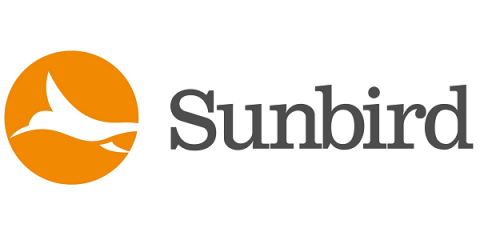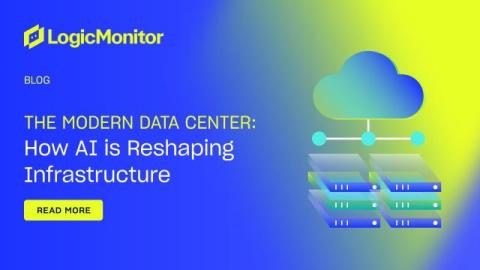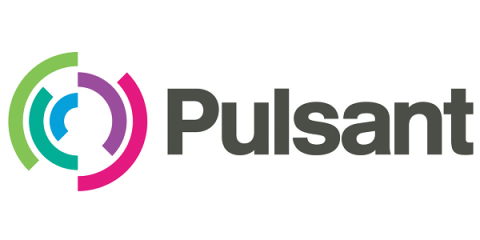3 Companies That Repatriated Workloads from the Cloud and Their Results
In recent years, many businesses have begun a process known as cloud repatriation. Cloud repatriation is when companies migrate their applications, data, and workloads from the public cloud to on-premises infrastructure. According to IDC, 70-80% of companies are repatriating at least some of their data each year.







